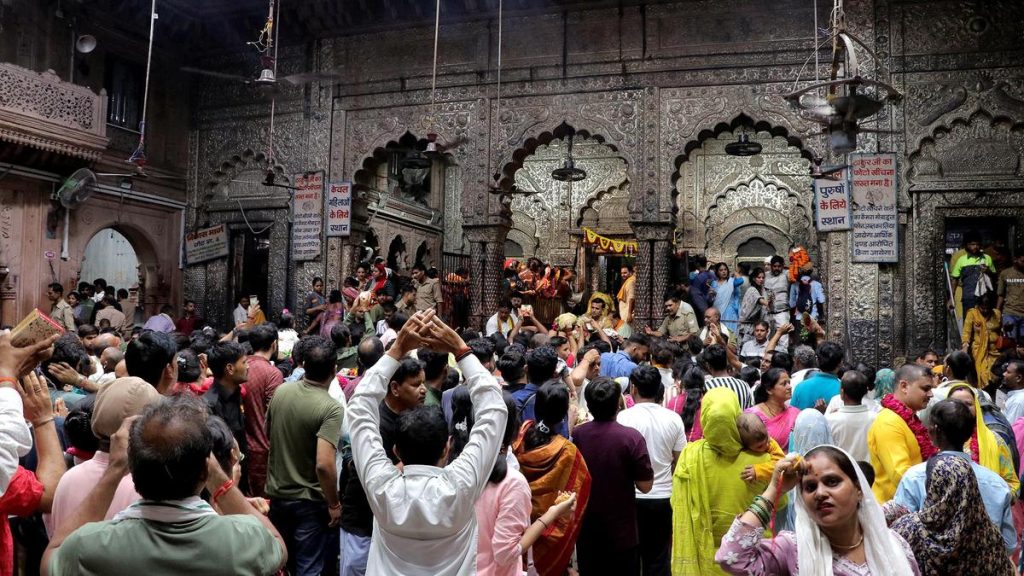Now Reading: How Indian Students Are Skipping H-1B to Fast-Track US Residency
-
01
How Indian Students Are Skipping H-1B to Fast-Track US Residency
How Indian Students Are Skipping H-1B to Fast-Track US Residency

Swift Summary
- Issue: Increasing delays in H-1B visa approvals prompt Indian students and professionals to seek alternatives for US residency.
- EB-5 Investor Visa: A growing number of Indians are choosing the EB-5 investor visa, which allows Green Card eligibility through investments in US businesses that generate employment.
– Requires a minimum investment of: $800,000 (rural/high-unemployment areas) or $1.05 million (other areas).
– 95% of applicants prefer Regional Centers over direct investments for ease in compliance and job creation tracking.
– Investors typically recover their capital within four to six years, with relatively low returns but greater focus on residency benefits.
- Hurdles with H-1B: Indians make up ~70% of H-1B applicants but face long delays due to limited allocation and the per-country cap. Green Cards via this route can take up to 24 years.
Advantages of EB-5 for Indian Applicants:
– Reserved visa categories under updated laws favoring rural/infrastructure projects.
– Fixed investment thresholds valid till 2027; concurrent filing allows quicker access to work permits (within five months) and travel authorization (within six months).
Current Status & Safeguards:
– EB-5 visas for Indians remain “current” without waiting periods as per US Visa Bulletin, though increasing demand may lead to retrogression.
– Stricter fraud-compliance measures introduced under the EB-5 Reform Act ensure protections even amidst potential scams.
Indian Opinion Analysis
The shift toward EB-5 visas among Indian students highlights critically important implications about both immigration policy bottlenecks and adaptation strategies by individuals seeking permanent residency abroad. The prolonged waiting times associated with traditional routes like the H-1B visa hinder career stability, family planning, and economic contributions by high-skilled workers-a demographic India excels at exporting globally.
The popularity of EB-5 alternative reflects an increasingly transactional approach where financial resources act as enablers for securing a stable life abroad. This trend aligns well with affluent families leveraging India’s foreign exchange remittance provisions legally-a notable point that underscores strategic adaptability without breaching regulations.
From India’s perspective:
- The outflow represents both concern about brain drain yet optimism regarding global competitiveness at exportable skill bases evolve advances capacity further participations happen विद
More detail-touch Up ; https























